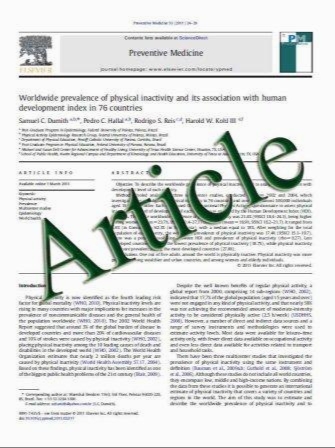Pulsed laser-induced liquid jet for skull base tumor removal with vascular preservation through the transsphenoidal approach: a clinical investigation
- نوع فایل : کتاب
- زبان : انگلیسی
- مؤلف : Yoshikazu Ogawa & Atsuhiro Nakagawa & Kazuyoshi Takayama & Teiji Tominaga
- چاپ و سال / کشور: 2011
Description
Background The transsphenoidal approach has recently been used to treat complex lesions beyond the sella turcica, but the difficulties of dealing with small vessels, deep and narrow space, and working angle may limit the procedures. To overcome these problems, we have developed a pulsed laser-induced liquid jet (LILJ) system to dissect tumor tissue with preservation of fine blood vessels within deep and narrow working spaces and evaluated its utility and safety. Methods The LILJ system was applied to 14 consecutive patients with uncharacteristically complex skull base tumor treated through the extended transsphenoidal approach. This system consists of a bayonet-shaped catheter incorporating a jet generator formed of stainless tube (external diameter 1.10 mm, internal diameter 0.78 mm), which was surrounded by a coaxial polytetrafluoroethylene 14-G equivalent suction tube to be able to incorporate into the confined working spaces. Minor modifications could be fitted for the catheter (15 to 18 cm length, straight or side flexion tip), and total weight was around 7 g. Findings Precise dissection and mass reduction of the tumor were obtained in all cases except one recurrent case of chordoma with significant fibrosis due to radiation. Both small arteries and veins were preserved, allowing subsequent microsurgical devascularization. Intraoperative blood loss was minimal, and tumor removal rate was satisfactory after the introduction of the system. No complication was related to use of the LILJ system. Conclusion Although comparison between conventional surgical instruments is mandatory in the future, the present study suggests that the LILJ system can achieve safe and optimum removal of complex skull base tumor. Potential application for minimally invasive endoscopic system, as well as potentials for changing the design of the catheter in according to preference of surgeon with low cost, may give advantages over conventional surgical instruments
Acta Neurochir (2011) 153:823–830 Received: 3 September 2010 / Accepted: 14 December 2010 / Published online: 13 January 2011


